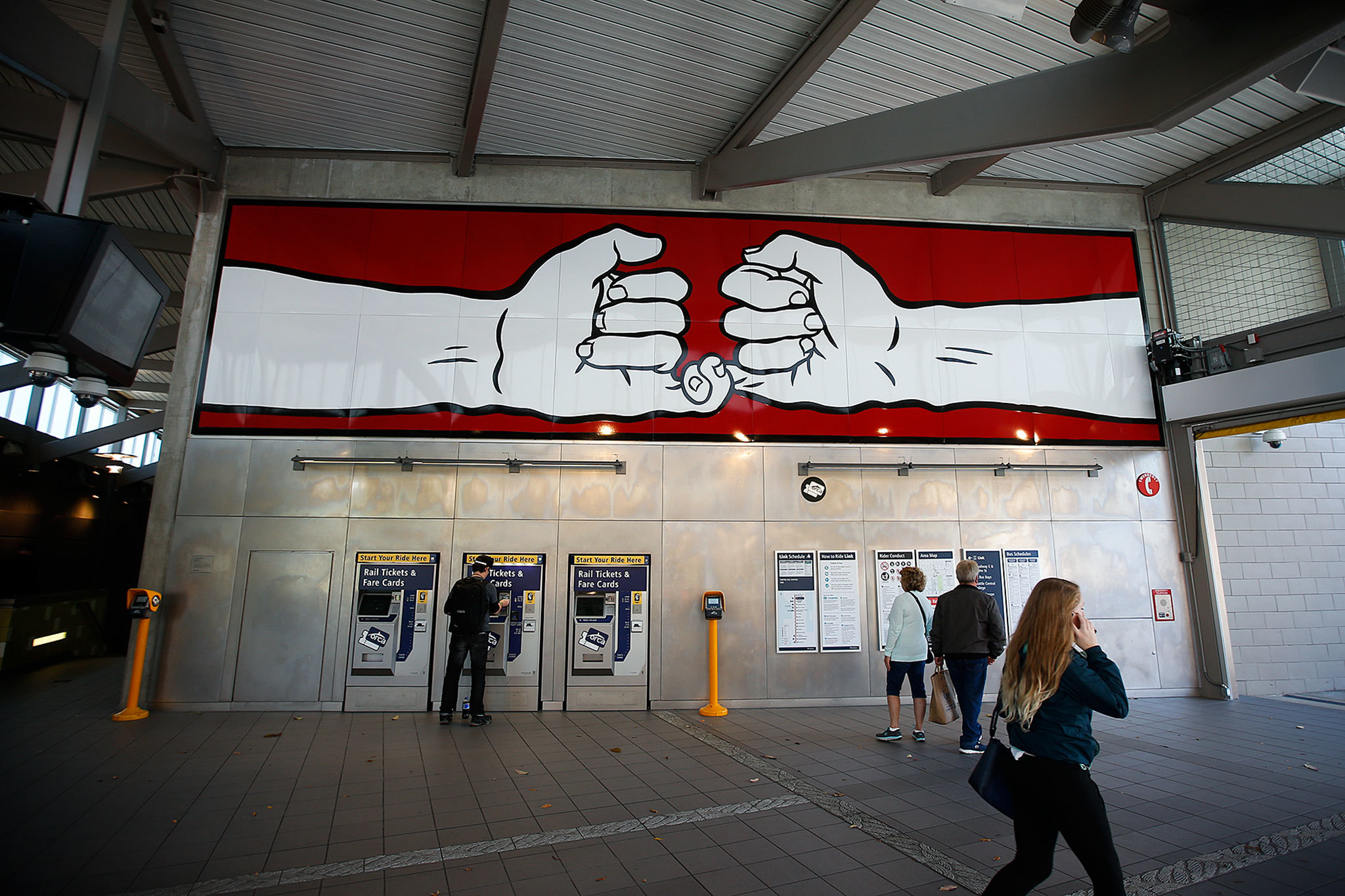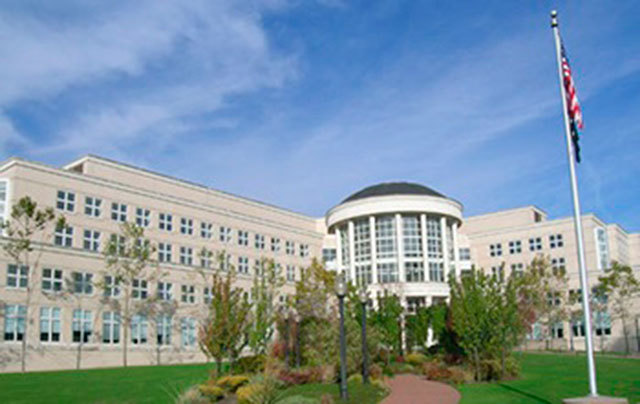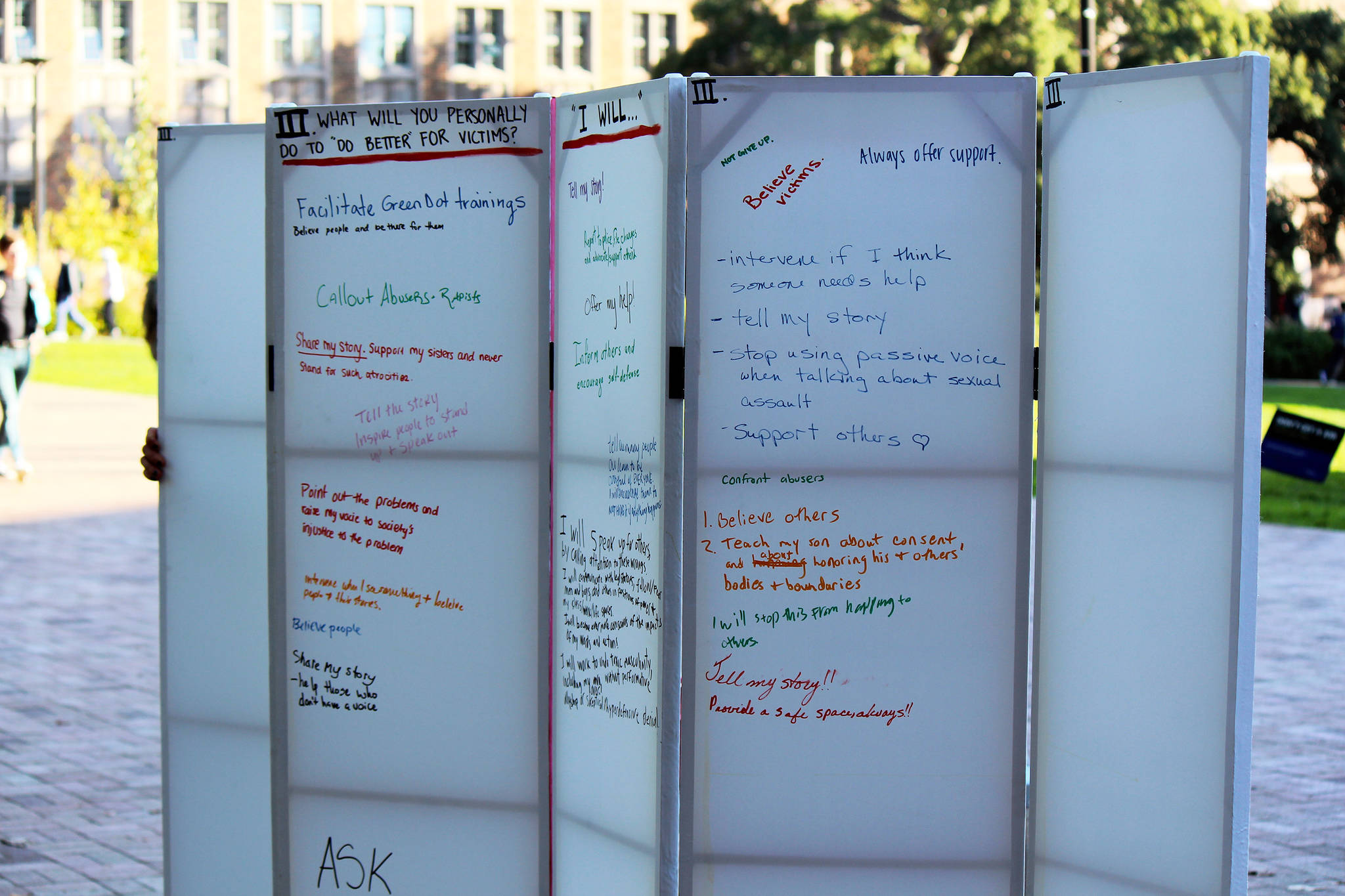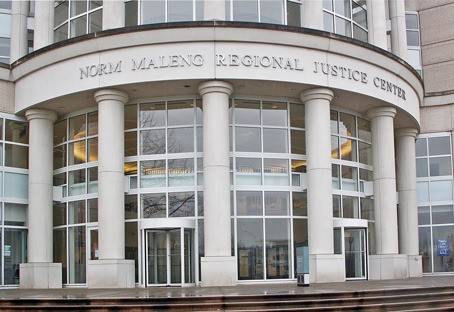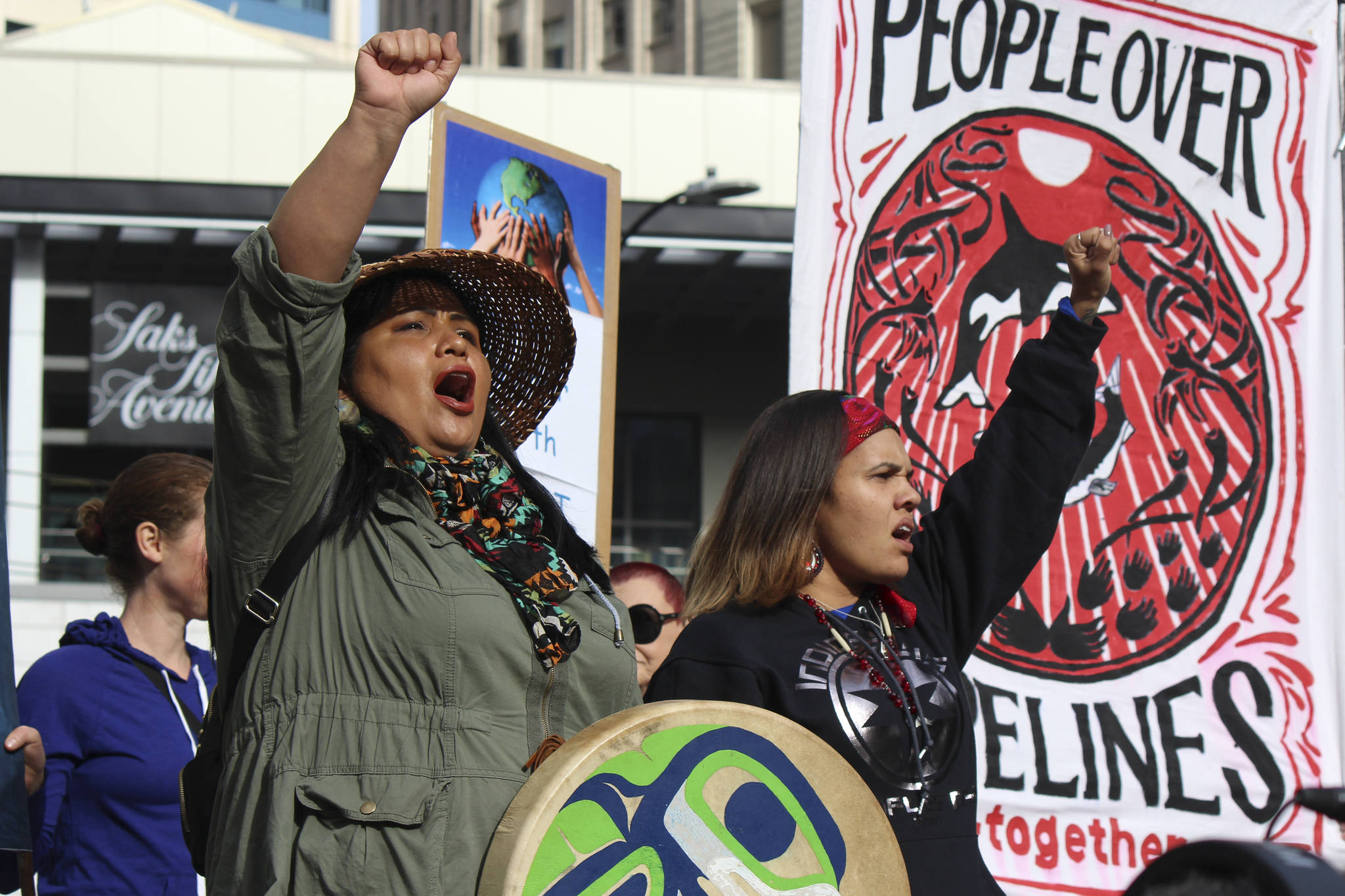The Yay Crowd
WHO: Major Democratic politicians
SUCH AS: King County Executive Dow Constantine, Seattle Mayor Ed Murray, Governor Jay Inslee, former governor Chris Gregoire, and city and county councilmembers from across the region.
THE ARGUMENT: In short: Traffic. Gridlock threatens to choke our economy, our atmosphere, our lives. ST3 is the best way to prevent the Puget Sound region from coming to a complete standstill, as it provides a real alternative to driving. “Free yourself — and all your friends — from gridlock,” Executive Constantine told a packed crowd at the Seattle launch party for the Yes on ST3 campaign. He lauded the launch of two new light rail stations in Seattle, arguing that “for tens of thousands of people now, their lives are transformed. … They have more time to do the things they want to do, and a lot less time wasted sitting in traffic.”
WHO: Labor
SUCH AS: The Washington State Building and Construction Trades Council, Pierce County Building and Construction Trades, and the Martin Luther King County Labor Council (MLKCLC).
THE ARGUMENT: Jobs. ST3 will create tens of thousands of family-wage, unionized jobs in the region, and could account for nearly 10 percent of all construction jobs here by 2029. From the workers who will be driving the trains and buses to the electricians wiring the system, ST3 creates “the right kinds of jobs in the right places at the right time,” says Nicole Grant, Secretary-Treasurer of the MLKCLC. These are jobs that could allow people to buy a home and raise a family, yet are “accessible to people from different education levels.” It also puts those jobs in places that need them the most: high-paying construction jobs, for instance, will exist well outside Seattle city limits.
WHO: Environmental activists
SUCH AS: The Washington Environmental Council (WEC), the Sierra Club, and the Alliance for Jobs and Clean Energy.
THE ARGUMENT: Climate change. The only way the region and the state can meet its climate goals is to invest heavily in electric light rail, not in any other form of transport. Light rail has a far lighter carbon footprint and results in less environmental contamination than do buses or cars, and anything we can do to get people to drive less is a very good thing. “The biggest source of our climate emissions here in Washington state is transportation,” says the WEC in a Pro-ST3 statement.
WHO: Community and social justice groups
SUCH AS: OneAmerica, GotGreen, Transportation Choices Coalition, and Puget Sound Sage.
THE ARGUMENT: Equity. Many low-income people have been priced out of urban areas, and therefore spend hours commuting on slow buses or in cars because there is no other option. ST3 will improve their lives dramatically. It also explicitly creates opportunities for affordable housing along new transit lines. “The second any land is surplussed, the right of first refusal goes to nonprofit and affordable housing developers — it’s revolutionary,” says OneAmerica advocacy manager Endicott Dandy.
WHO: Tax relativists
SUCH AS: King County Councilmember Claudia Balducci and state representative Joe Fitzgibbon; also urbanists and fiscally-liberal community activists.
THE ARGUMENT: Yes, $54 billion sounds like a lot. Yes, this is a tax increase. But it’s not as horrific as it’s made out to be, and the alternative to light rail (prioritizing buses and building new HOV lanes) could cost almost as much. “With Bus Rapid Transit (BRT), there’s nothing magic about the ‘R,’ ” says Balducci. “It’s not rapid, unless you put the buses in a separated right of way,” and “if you have to build that extra road space, then the costs are just about the same as building light rail.”
The Nay Crowd
WHO: Cost-conscious citizens and groups
SUCH AS: Kirkland Democrats Frank Dennis and David Greschler, former Metro Transit director Chuck Collins, transportation consultant John Niles, and engineer Mark Ahlers.
THE ARGUMENT: ST3 is far too expensive for far too little of a return. It won’t help traffic. ST3 will only displace a tiny fraction of the 19 million transit trips we’re expecting people across the region to take in 2040. It could cost the average Puget Sound homeowner some $25,000 over 25 years for projects that do very little; according to Sound Transit’s data, ST3 is expected to create only 32,000 new riders and less than 1 percent of the new trips in 2040 — all that for $54 billion, or nearly $1.7 million per new rider.
WHO: Pro-transit, anti-light rail advocates
SUCH AS: Former King County Councilmember and Edmonds resident Maggie Fimia, Kirkland City Councilmember Toby Nixon, Capitol Hill resident and transportation blogger Troy Serad.
THE ARGUMENT: ST3 invests heavily in light rail, and light rail is not the answer. A bigger investment in what we already have, and especially in Bus Rapid Transit, would be a better, quicker solution. Also, with ST3, we’re locking ourselves into an old technology that could be superseded by a better one long before we’ve even broken ground on the light rail promised. “While technology rapidly marches ahead,” writes Kirkland Views editor Rob Butcher, “Sound Transit will plod along building trains to the Cascade foothills, that can’t be justified economically and that won’t even run until 2040.”
WHO: Public officials outside Seattle
SUCH AS: Pierce County Assessor-Treasurer Mike Lonergan, Sammamish Deputy Mayor Ramiro Valderrama, former Snohomish County Councilmember Gary Nelson, and Bellevue City Councilmember Kevin Wallace; also the Bellevue Chamber of Commerce.
THE ARGUMENT: ST3 favors Seattle. It’s supposedly an investment in the whole region, but many taxpayers from cities like Everett, Renton, Kirkland, or Sammamish will be paying the price for years without seeing much in return. “In 25 years, we’re going to be basically the only city without light rail,” Renton city councilmember Ruth Pérez testified during a Sound Transit board meeting in June. “I call it taxation without transportation,” Sammamish Deputy Mayor Ramiro Valderrama told KIRO 7.
WHO: Prominent Democrats
SUCH AS: Senator Reuven Carlyle, State Treasurer Jim McIntire, and State Superintendent Randy Dorn.
THE ARGUMENT: ST3 spends too many tax dollars on a project that could threaten the state’s ability to fund other crucial public services, like education. If ST3 takes up part of the state cap on property taxes, for instance, that could damage a potential source of revenue for public schools. “I am unsettled that the package consumes the oxygen in the room on taxes for virtually all other public services at all levels of government for years to come,” wrote Senator Carlyle. State Superintendent Randy Dorn also has his misgivings. “Roads before kids is, I guess, what’s going on right now,” Dorn told KING 5.
WHO: Sound Transit critics
SUCH AS: The Seattle Times editorial board, KIRO’s Jason Rantz, conservative blogs such as ShiftWA, and Maggie Fimia.
THE ARGUMENT: Sound Transit shouldn’t get a blank check. Voting in ST3 means the plan is locked in for decades, without continual voter oversight to make sure the promised infrastructure is getting built within budget and on time. “Unlike ST1 and ST2, this measure creates a new property tax and permanent taxing authority for Sound Transit,” writes the Seattle Times editorial board. “If ST3 is approved as written, Sound Transit wouldn’t have to periodically ask voters for more support for decades.”
sbernard@seattleweekly.com
